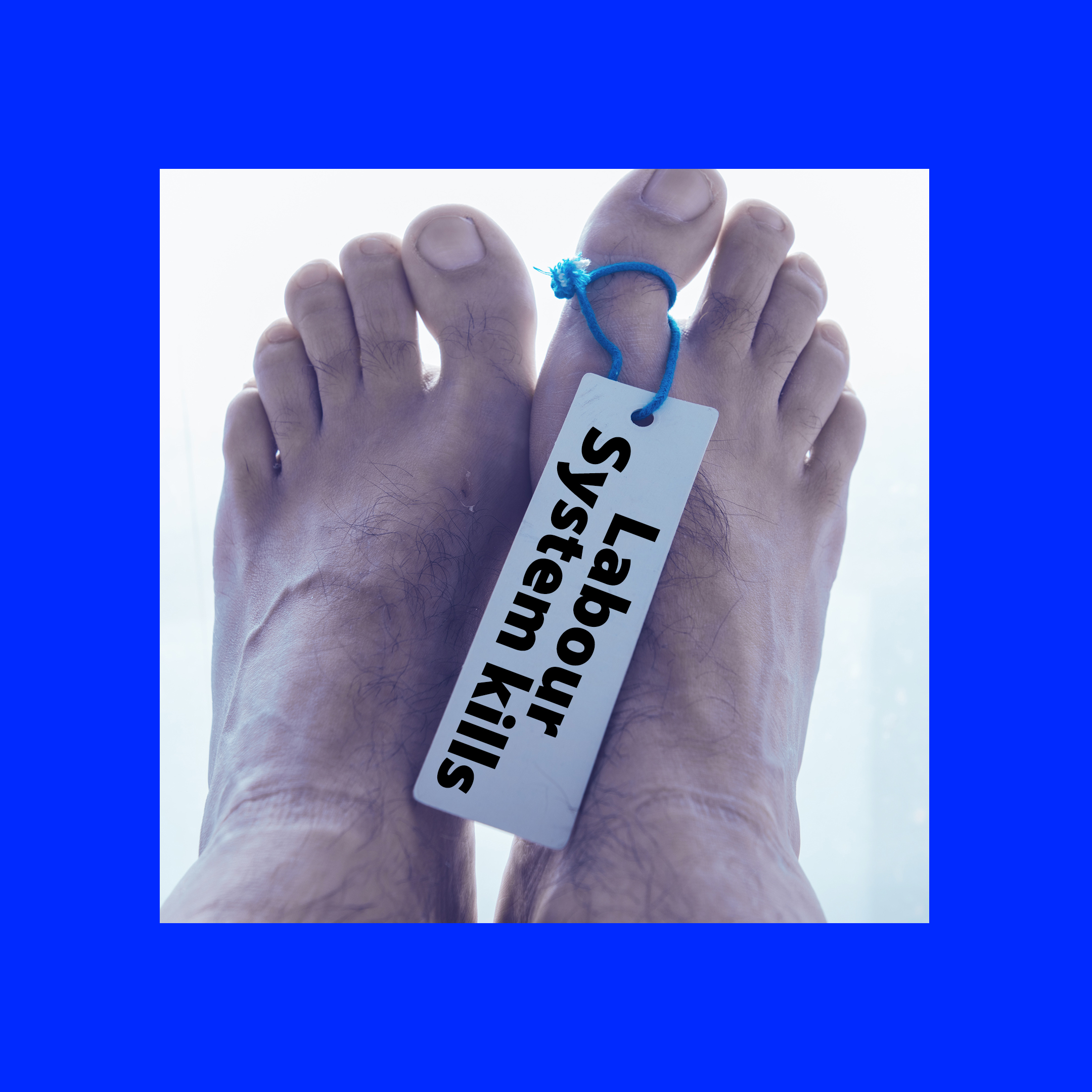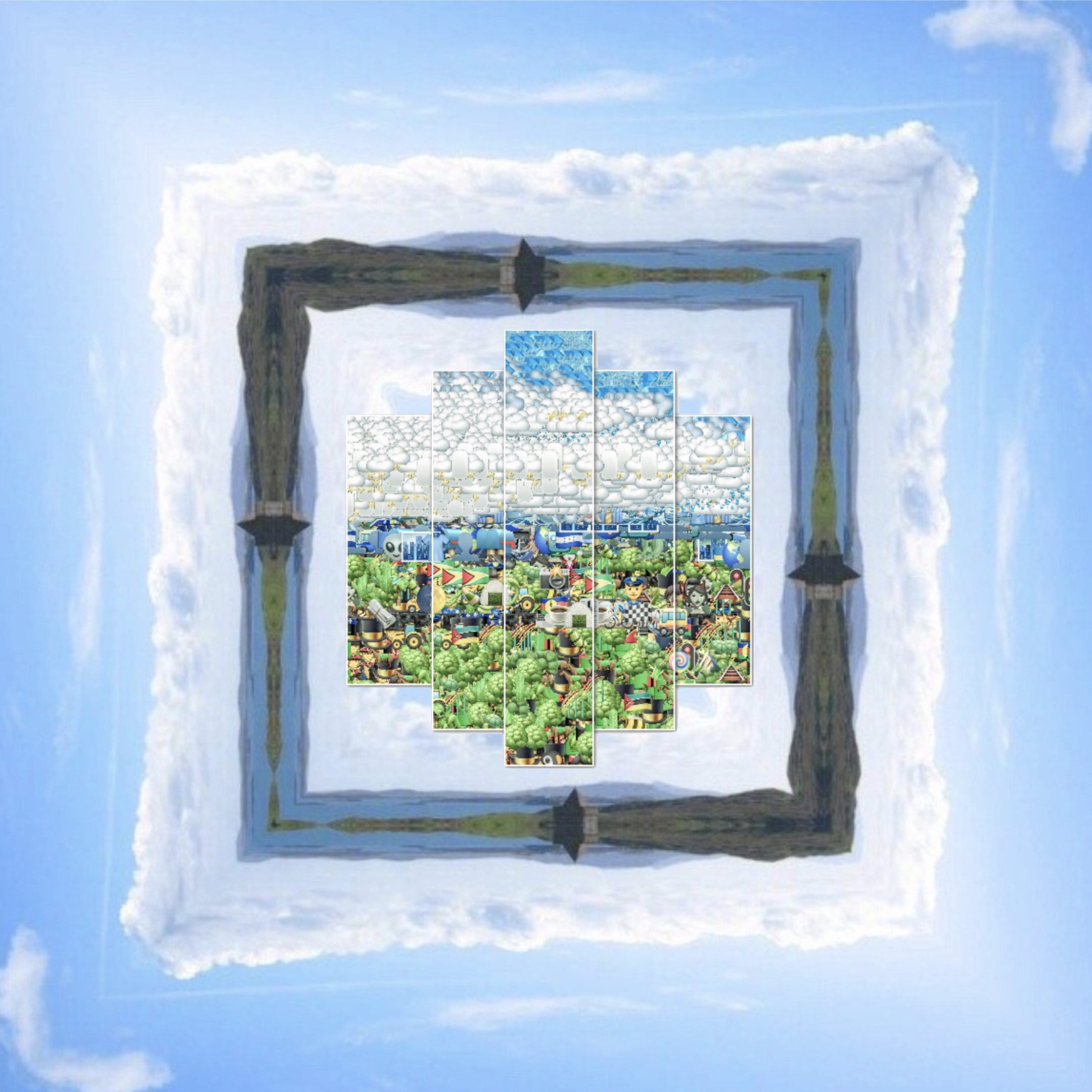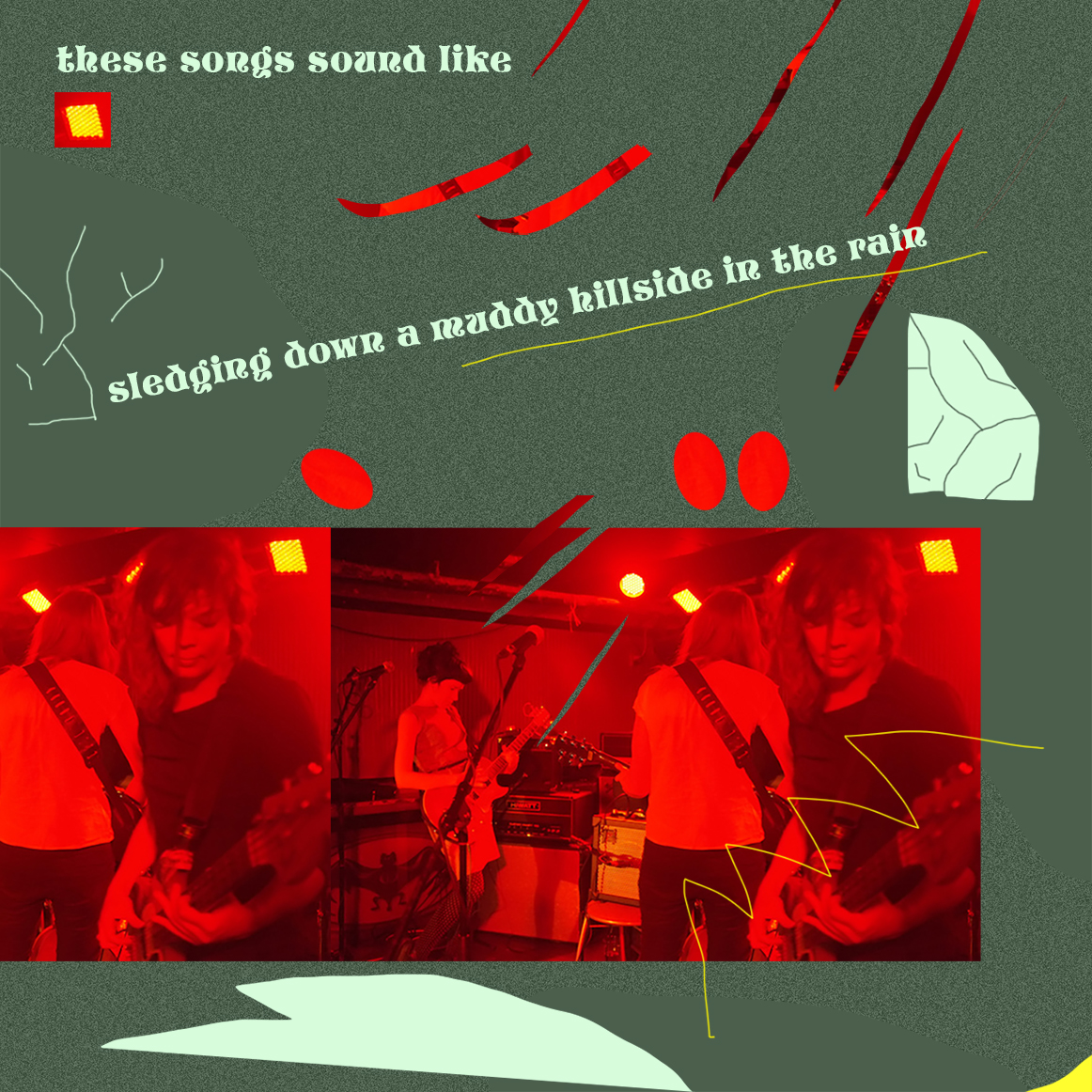Place II

A keyphrase from the Norient project «Seismographic Sounds» designed by Tomasz Jurecki (Poland).




A keyphrase from the Norient project «Seismographic Sounds» designed by Tomasz Jurecki (Poland).




A keyphrase from the Norient project «Seismographic Sounds» designed by Shonegrad O'Connor (Serbia/Canada).




A keyphrase from the Norient project «Seismographic Sounds» designed by Javier Lourenço (Argentina).




Revolutionary changes in music demand new approaches in Ethnomusicology. A keyphrase from the Norient project «Seismographic Sounds» designed by Jorge Verdin (Mexico/USA).




M.I.A. choreografiert Flüchtlinge, Antony erwärmt das Klima im Club, und Kate Tempest ruft schon mal den Aufstand aus: Drei spektakuläre neue Songs schliessen das politischste Popjahr seit langem ab.




A reinforcement of outmoded and stereotypical ideas about Finnish-ness, without even the slightest hints towards nostalgic irony? Another commentary on the music video «Jukka-Pekka» by Finnish underground punk band Olimpia Splendid.




A lonely and sad man, sitting on a conveyor belt, scanning fizzy drinks and marshmallows. That's (almost) all you see in the video «Jukka-Pekka» by Olimpia Splendid. A critique of the capitalist labor system: that's how our author reads it.




The Gaelic psalm-singing is a kind of religious chant in the Outer Hebrides and the west coast of Scotland. It is unique in its form and a wonderful example of the variability of musical practices in the context of different cultural influences.




Olimpia Splendid transcend Finland’s tight-knit free folk scene with giddy punk recklessness. This year they released their debut album. With their video clip «Jukka-Pekka» they are part of the Norient book and exhibition «Seismographic Sounds».




Dances such as perreo in reggaeton receive much criticism for being sexist. But what do women who actually dance to them think? Our author sheds a different light on reggaeton’s sexual politics.




The Peru-born author performed with folkloric groups on the streets and squares of Germany to earn his living. Here, he discusses amongst others how Andean musicians changed their repertoire to meet German tastes.


